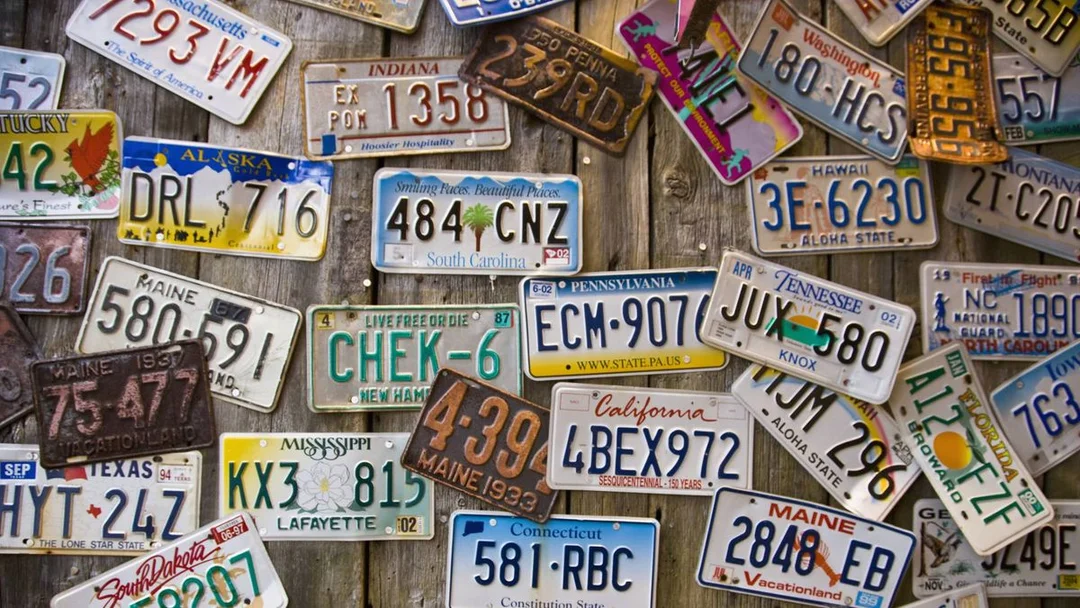
What Happens When California Exhausts Its License Plate Supply?
California is on the brink of a surprising automotive milestone: running out of its current license plate numbers. This issue, tied to a surge in new vehicle registrations, highlights how economic pressures and policy decisions are reshaping everyday life in the Golden State. As drivers rush to buy cars amid fears of rising costs from potential trade wars, the state’s Department of Motor Vehicles (DMV) is preparing for a significant change that could affect millions.
The current license plate format, in use since 1980, follows a simple sequence: one number, three letters, and three numbers—such as 1AAA000. According to DMV spokesperson Ronald Ongtoaboc, this system started with 1AAA000 and is projected to end with 9ZZZ999 sometime in 2026. The state is already processing plates in the 9UBA000-9UBZ999 range, signaling that the end is near. What’s driving this rapid depletion? A combination of post-pandemic economic recovery and apprehension over President Trump’s tariffs on imports, which could spike vehicle prices.
Analysis from the California New Car Dealers Association reveals a sharp increase in new vehicle registrations. In the first quarter of 2025, registrations jumped by 8.3% compared to the previous year, totaling 463,114 vehicles. This surge is largely attributed to consumers buying cars ahead of potential price hikes from trade policies. As one report noted, “Initial reports indicate a surge in new vehicle purchases in March and April in anticipation of these tariffs.” However, experts predict a slowdown, with total registrations for 2025 expected to drop by 2.3% to about 1.71 million, due to the uncertainty in trade negotiations.
This situation offers a fascinating glimpse into how global events trickle down to local issues. For instance, the fear of a trade war isn’t just about economics; it’s influencing consumer behavior and forcing state agencies to adapt. The DMV’s response is a clever reversal of the existing format: the new sequence will feature three numbers, three letters, and one number, like 000AAA0. This change, while seemingly minor, underscores the state’s need to innovate amid growing demand. It’s a reminder that what starts as a policy decision in Washington can end up altering something as routine as a license plate in California.
In comparison to past eras, when license plates followed shorter formats before 1980, this transition marks a quiet evolution in automotive history. As Ongtoaboc explained, the shift is necessary “due to the dwindling number of available combinations.” It’s not just about numbers; it reflects broader trends in mobility and economic resilience. While commercial vehicles and motorcycles won’t be affected, everyday drivers might soon notice the change on new cars hitting the roads.
Ultimately, this development raises questions about the future of transportation in California. Will the new format become a symbol of adaptation in an era of economic flux? As the state moves forward, it’s clear that what seems like a mundane administrative update could have ripple effects on daily life and consumer choices.
In summary, California’s license plate shortage isn’t just a logistical hiccup—it’s a window into how trade policies and market forces are accelerating change. What do you think about this shift? Will it impact your next car purchase? Share your thoughts in the comments below and let us know how economic trends are affecting you.